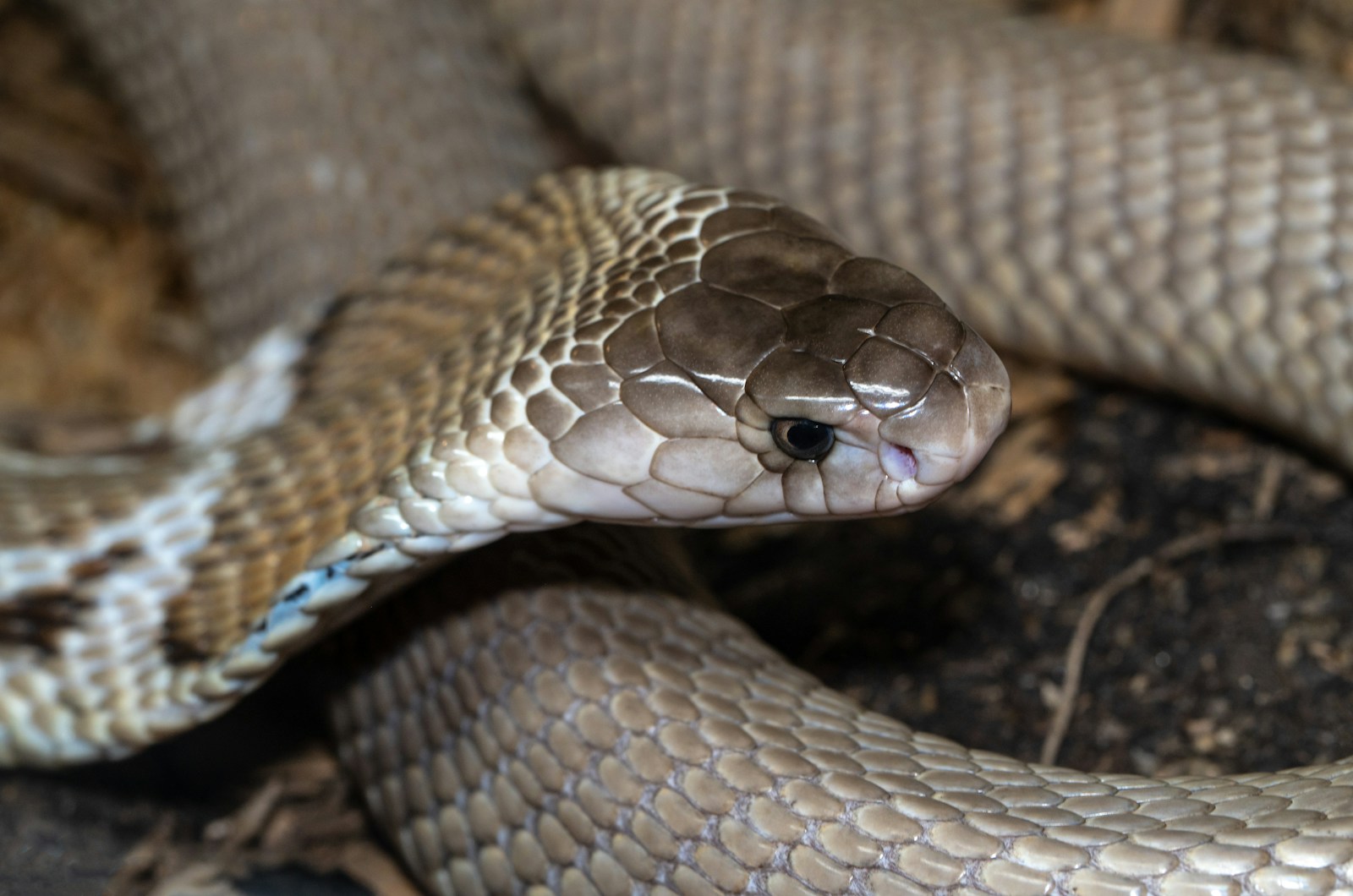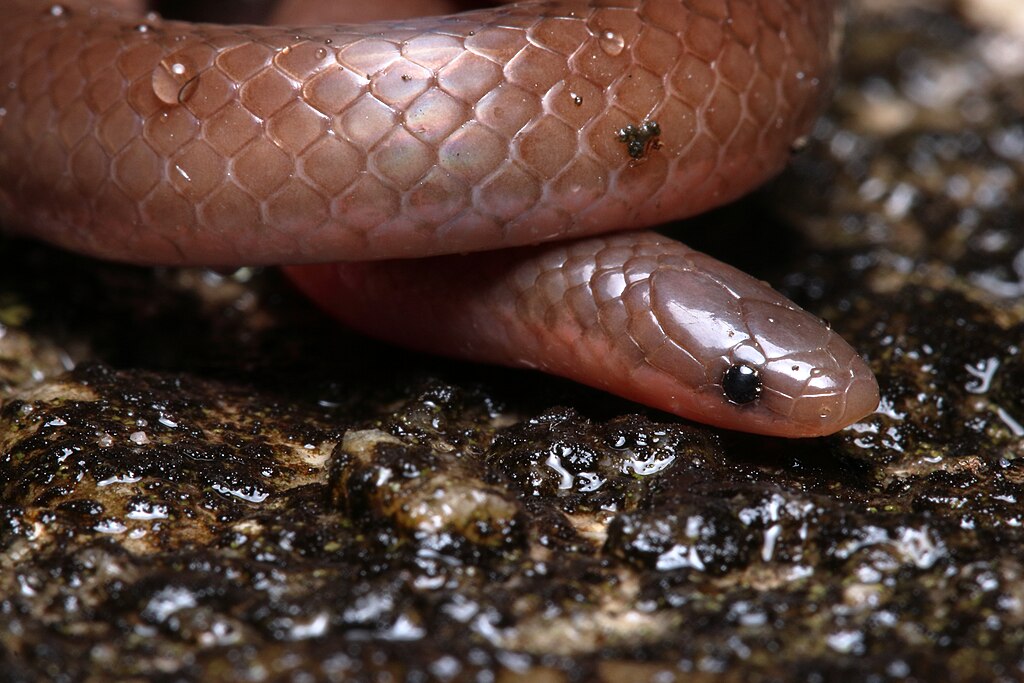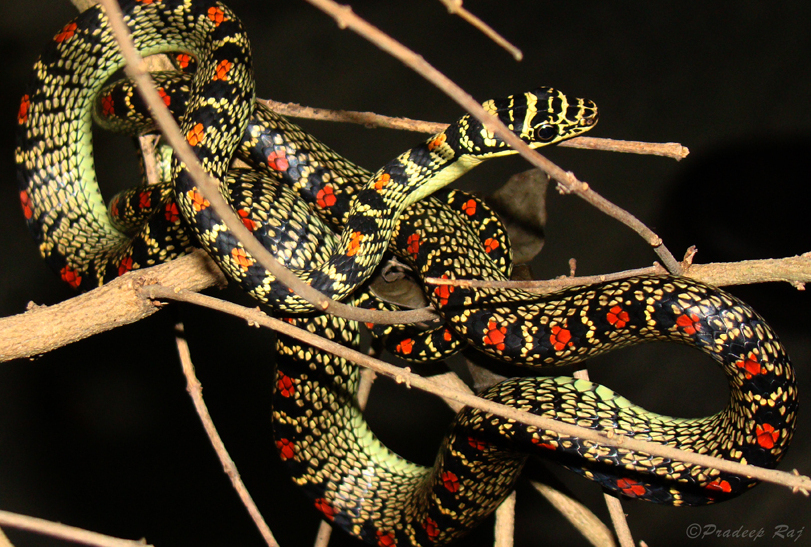The relationship between humans and snakes has been complex throughout history, characterized by fascination, fear, and misunderstanding. While we understand much about snake behavior related to visual and vibrational stimuli, their reactions to human voices remain a subject of scientific intrigue. Snakes possess unique sensory systems that differ dramatically from our own, raising questions about how they perceive and respond to the frequencies in human speech. This article explores the fascinating intersection of human vocalization and serpent perception, examining whether our voices trigger meaningful responses in these remarkable reptiles and what those reactions might tell us about their sensory world.
Understanding Snake Sensory Systems

Snakes have evolved sensory systems that are remarkably different from human perception. Unlike humans, who rely heavily on vision and hearing, snakes primarily detect their environment through vibration sensing, chemical detection, and infrared radiation (in some species). Their hearing mechanism lacks external ears entirely, leading to a common misconception that snakes are deaf. In reality, snakes possess internal ear structures connected to their jawbones that can detect vibrations transmitted through ground or air. This unique anatomy allows them to perceive a range of frequencies, though their sensitivity differs significantly from the human auditory range. Understanding these fundamental differences in sensory perception is crucial when examining how snakes might react to human voice frequencies.
The Science of Snake Hearing

Snake hearing works through a specialized system of bone conduction rather than the air-conducted hearing humans experience. Vibrations travel through a snake’s jawbone to the inner ear structure called the columella, which connects to the cochlea where sound signals are processed. Research suggests that most snake species can detect frequencies between approximately 80 and 600 Hz, with peak sensitivity around 200-300 Hz. This range is notably lower than human speech, which typically spans from 85 to 255 Hz for adult males and 165 to 255 Hz for adult females, with higher harmonics extending well beyond this range. The biological limitations of snake hearing systems mean they perceive only a portion of human vocal frequencies, primarily detecting the lower-pitched components rather than the full spectrum of our speech.
Do Snakes Recognize Human Voices?

Current scientific evidence suggests that snakes do not recognize human voices in the way mammals might. While they can detect certain frequencies within human speech, particularly lower tones, they lack the neural architecture for complex sound processing that would allow them to distinguish between different human voices or interpret speech patterns. Studies examining snake responses to recorded human vocalizations show that reactions are more likely related to the vibrational components of sound rather than recognition of the voice itself. Captive snakes may appear to respond to an owner’s voice, but researchers believe this is more likely a response to associated vibrations, movements, or even airborne chemical signals rather than voice recognition. This distinction is important in understanding the true nature of snake responses to human presence.
Low Frequencies and Defensive Responses

One of the most documented reactions of snakes to human voice frequencies involves defensive behaviors triggered by lower-frequency sounds. When humans speak in deeper, resonant tones (typically male voices), the resulting vibrations may travel through substrate and air in ways that alert snakes to potential danger. Research conducted with rattlesnakes has shown increased defensive posturing, including coiling, rattling, and even strike preparation when exposed to consistent low-frequency sounds similar to those in human vocal ranges. These defensive responses appear to be rooted in evolutionary adaptation, as similar frequencies might be produced by large mammalian predators in a snake’s natural environment. For humans encountering wild snakes, this suggests that speaking in lower registers might actually increase defensive behavior rather than having a calming effect.
Higher Frequencies and Snake Behavior

While lower frequencies in human speech may trigger defensive responses, higher frequency components often appear to have less impact on snake behavior. Studies examining snake reactions to frequencies above 600 Hz have generally shown minimal behavioral changes, supporting the understanding that these higher sounds fall outside snakes’ primary detection range. Female voices and children’s voices, which typically contain more high-frequency components, may therefore be less likely to trigger immediate defensive responses from snakes through auditory pathways alone. However, this doesn’t mean higher-pitched voices are completely undetectable to snakes, as the vibrational components may still be sensed through substrate or air pressure changes. Research in this area continues to evolve as scientists develop more sophisticated methods to isolate frequency responses from other sensory inputs.
Vibration vs. Sound Recognition

A critical distinction in understanding snake reactions to human voices involves separating true sound perception from vibration detection. While humans process auditory information primarily through airborne sound waves detected by our eardrums, snakes are specialized vibration detectors. When a human speaks near a snake, the animal likely perceives the resulting vibrations transmitted through the ground or enclosure rather than processing the voice as sound in the way we understand it. Experimental evidence supports this view, with studies showing that snakes react similarly to recorded human voices played through speakers that touch their enclosure but show reduced responses when the same sounds are played through suspended speakers that minimize vibration transmission. This fundamental difference in sensory processing explains why snake reactions to human voices may seem inconsistent or contextual, depending on how effectively vibrations are transmitted in a given environment.
Species Variations in Response

Snake reactions to human voice frequencies vary significantly between species, reflecting their diverse evolutionary adaptations and ecological niches. Arboreal (tree-dwelling) species such as many boas and pythons appear to show greater sensitivity to airborne vibrations, including those produced by human voices, compared to primarily terrestrial species. Research with pit vipers suggests they may integrate information from their heat-sensing pit organs with vibration detection, creating a more complex response to human presence that includes vocal components. Aquatic species like sea snakes demonstrate yet another variation, with specialized adaptations for detecting underwater pressure waves that may make them less responsive to airborne human vocalization. These species-specific differences highlight the importance of context when interpreting snake behavior in response to human voices and caution against generalizing findings across the highly diverse Serpentes suborder.
Habituated Responses in Captive Snakes

Captive snakes often display different reactions to human voice frequencies compared to their wild counterparts, a phenomenon attributed to habituation. Regular exposure to human voices in a non-threatening context can lead to diminished defensive responses over time, as the snake learns through experience that these sounds do not correlate with danger. Snake owners frequently report that their pets appear to recognize them, showing calmer behavior during handling sessions compared to interactions with strangers. However, scientific analysis suggests this recognition is likely based on a complex combination of factors beyond voice alone, including scent, consistent handling techniques, and visual stimuli. Studies examining captive snakes’ physiological responses (such as heart rate and hormone levels) during exposure to owner versus stranger voices have shown some differences, though researchers caution against anthropomorphizing these as emotional recognition comparable to mammalian pets.
The Role of Associated Stimuli

When examining how snakes react to human voices, it’s essential to consider the role of associated stimuli that typically accompany vocalization. In natural settings, a human voice rarely occurs in isolation—it comes with movement, vibration, visual cues, and changes in airflow that snakes can detect through their various sensory systems. Experimental research attempting to isolate voice frequency effects often finds that snake responses diminish significantly when these associated stimuli are controlled for or eliminated. For example, snakes that appear to “recognize” a feeding routine announced by an owner’s voice are likely responding to the temporal pattern of events (voice followed by food appearance) rather than the voice itself. This complex sensory integration makes it challenging to determine how much of a snake’s response is actually due to the frequencies in human speech versus the contextual cues that accompany it.
Stress Responses to Sustained Vocalization

Prolonged exposure to human voice frequencies, particularly at higher volumes, can trigger stress responses in many snake species. Research monitoring physiological indicators such as corticosterone levels (a stress hormone) has shown elevations when snakes are subjected to continuous human speech or similar frequency patterns. These stress responses appear more pronounced in wild-caught specimens compared to captive-bred individuals, supporting the habituation hypothesis. The vibrations created by sustained loud human speech may mimic environmental disturbances that would signal danger to a snake in its natural habitat. For snake owners and wildlife researchers, this underscores the importance of minimizing unnecessary vocalization when handling these animals, particularly with sensitive species or newly acquired specimens. Understanding these stress responses helps establish more appropriate human-snake interaction protocols in both captive and research settings.
Practical Applications for Snake Handlers

Knowledge about how snakes react to human voice frequencies has practical applications for professional snake handlers and enthusiasts alike. Speaking in soft, higher-pitched tones may be less likely to trigger defensive responses in unfamiliar snakes, though maintaining appropriate distance and using proper handling tools remains essential regardless of vocalization. Some handlers report success with consistent verbal cues preceding routine interactions, which may help establish predictable patterns that reduce stress for captive specimens. For field researchers, understanding that low-frequency vocalizations might increase defensive behaviors can inform safety protocols during snake encounters. However, handlers should remember that individual variation exists even within species, and a snake’s previous experiences with humans will significantly influence its response to voice frequencies, making it important to observe each animal’s specific behavioral cues rather than relying solely on generalized vocalization techniques.
Research Limitations and Future Directions

Current understanding of snake responses to human voice frequencies is limited by several research challenges that scientists continue to address. Isolating auditory responses from other sensory inputs presents significant methodological difficulties, as does controlling for individual variation in snake behavior and prior experience. Most studies have focused on a relatively small number of species, primarily those commonly kept in captivity, leaving gaps in our knowledge about how the vast diversity of snake species might differ in their responses. Future research directions include more sophisticated neurological studies examining brain activity in snakes exposed to various human voice frequencies, comparative analysis across a broader range of species, and longer-term studies of habituation effects. Advances in vibration isolation technology and non-invasive physiological monitoring methods promise to yield more definitive insights into this fascinating aspect of human-snake interaction in coming years.
In conclusion, snakes do react to certain aspects of human voice frequencies, though not in the way many people might imagine. Their responses are primarily based on detecting vibrations rather than processing sound as humans do, with particular sensitivity to lower frequencies that may trigger defensive behaviors. Species differences, individual habituation, and the complex integration of multiple sensory inputs all influence how a particular snake might respond to human speech. While captive snakes may appear to recognize or respond to familiar voices, this likely represents learned association with handling routines and feeding rather than true voice recognition. As research continues to unravel the complexities of snake sensory perception, we gain not only scientific insight but also practical knowledge that can improve human-snake interactions in both captive and wild settings. Understanding these remarkable reptiles on their own sensory terms, rather than through the lens of human perception, remains the key to interpreting their fascinating behavioral responses.





